8 Cool Paris Neighborhoods Travelers Often Skip
These districts don’t show up in most first-timer guides. But they offer some of the most real, distinctive experiences in the city if you know where to look.
1. Batignolles (17th)
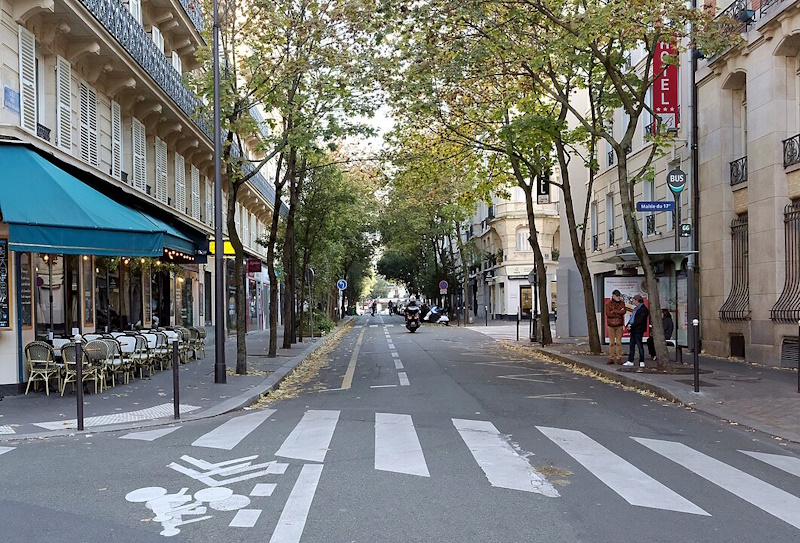
Batignolles feels like its own town tucked inside the 17th arrondissement. Locals hang out in Square des Batignolles, a small park with a duck pond and weeping willows.
There’s a market on rue de Lévis, small wine bars, and cafés where you’ll hear more French than English.
It’s also walking distance to the Parc Clichy-Batignolles–Martin Luther King, one of Paris’s newest green spaces, with wide lawns and skate ramps.
The area is well connected by metro but has a rhythm that’s slower and more residential than central Paris.
2. Butte-aux-Cailles (13th)
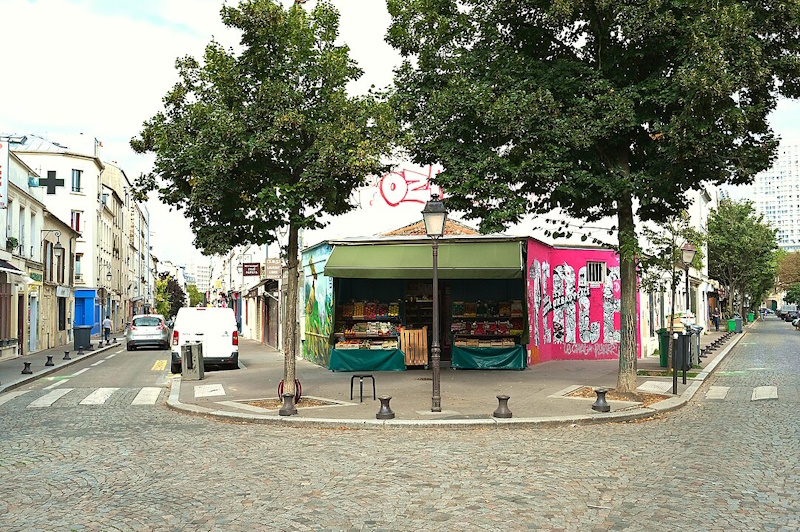
The Butte-aux-Cailles is on a hill south of Place d’Italie. It has sloping lanes, quiet houses with ivy, and colorful street art scattered across its walls.
You’ll find art nouveau buildings, bistros with zinc counters, and a few old-timey shops that feel frozen in the ’60s.
At night, the bars fill up with students and regulars. It feels oddly untouched by the city around it.
There’s also a public swimming pool built over a natural spring, one of the few remaining in Paris.
3. Passy (16th)
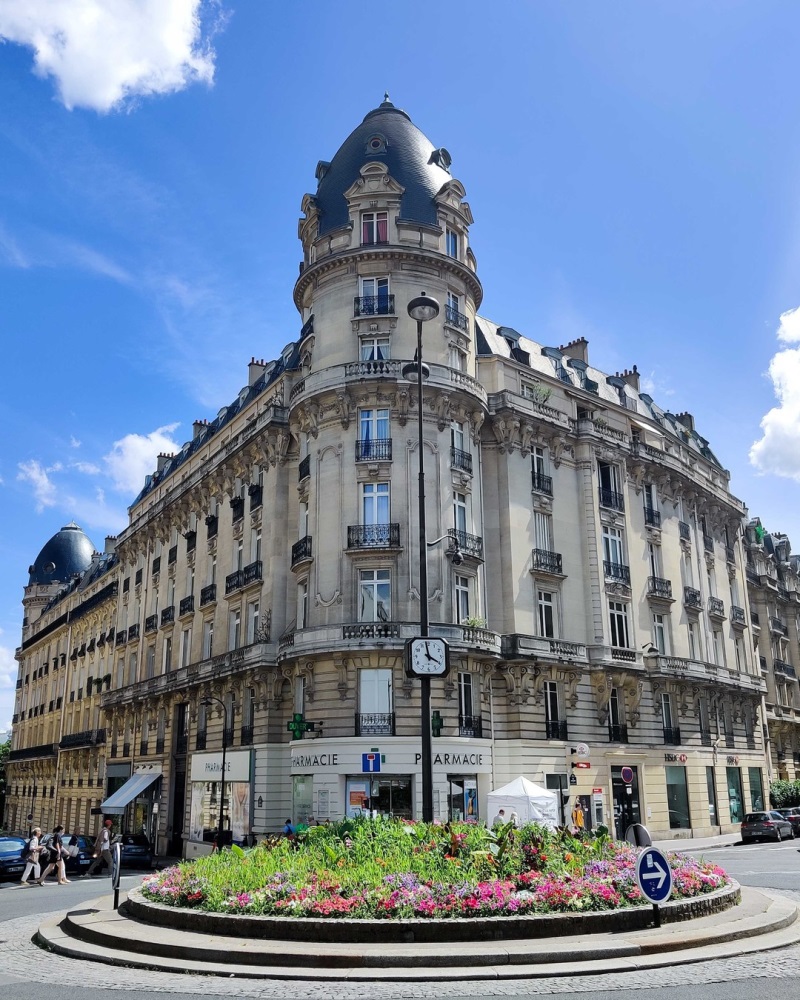
This corner of the 16th is one of the city’s wealthiest areas and it rarely sees tourists. The streets are quiet and elegant, with bakeries, bookstores, and a small-town feel.
You can walk from Place du Trocadéro down to the Seine and cross the Pont de Bir-Hakeim with one of the best Eiffel Tower views in the city.
The nearby Musée Marmottan Monet holds the largest collection of Monet paintings in the world, and it’s rarely crowded.
Passy Cemetery is tucked away nearby and worth a short detour.
4. La Villette (19th)
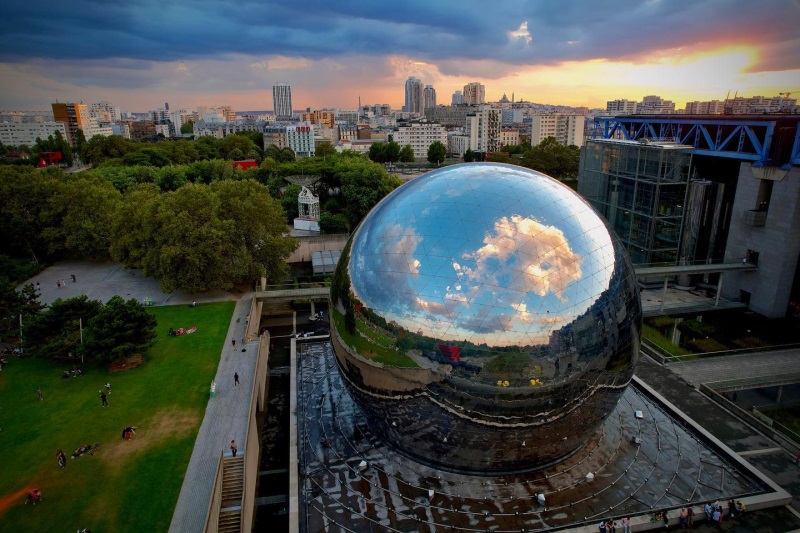
La Villette is a huge urban park surrounded by modern architecture and cultural venues. It includes the Cité des Sciences, the Philharmonie concert hall, and open lawns where families picnic in summer.
Walk along the Canal de l’Ourcq to spot barges, joggers, and street musicians. Some areas feel a bit empty on weekdays, but the weekends bring in a local crowd.
There’s also an old slaughterhouse turned event space, and the area often hosts food festivals and open-air cinema.
5. Belleville (19th/20th)
Belleville stretches across two arrondissements and has one of the most diverse street scenes in Paris. It’s known for graffiti-covered alleys, Chinese groceries, Tunisian bakeries, and cheap couscous joints.
Parc de Belleville offers one of the best skyline views and is often empty compared to Montmartre.
You can also visit the former home of Edith Piaf nearby or wander down rue Dénoyez for layers of changing murals.
Belleville’s rough edges are part of its appeal.
6. Château Rouge / Goutte d’Or (18th)
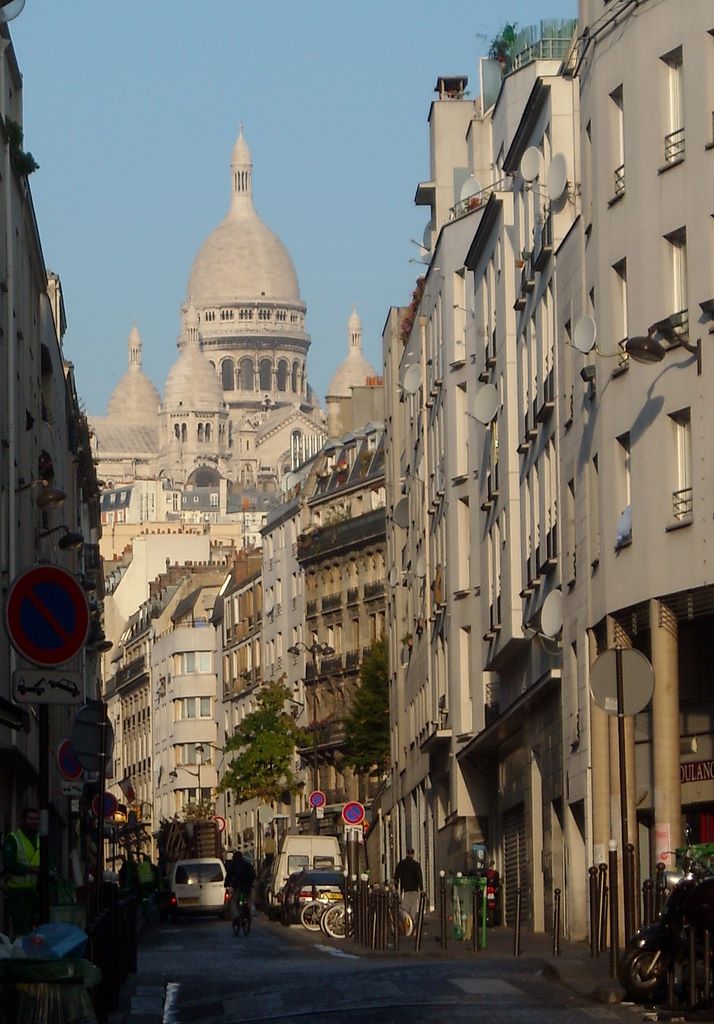
Just east of Montmartre, this is a world away from the Sacré-Cœur tourist swarm.Château Rouge is packed with fabric stores, fruit markets, fish stalls, and Congolese music shops.
The vibe is hectic and full of life. Goutte d’Or, just south, has some of the best African restaurants in the city.
There’s also a surprising number of art spaces and small galleries hidden between the stores. It’s a fast-changing area with a strong sense of place.
7. Aligre (12th)
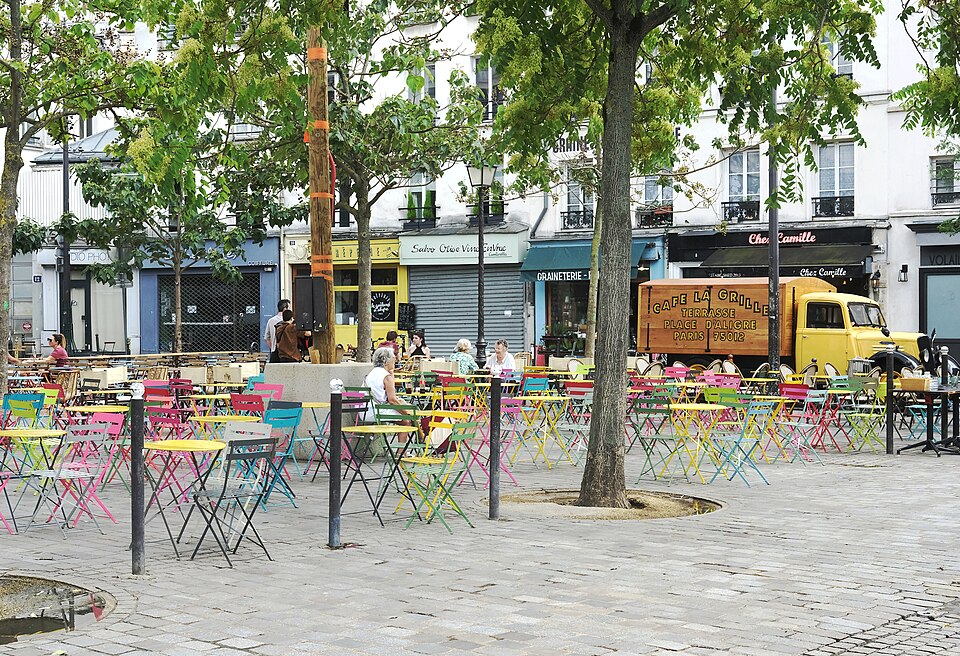
Around Marché d’Aligre, this area feels like a neighborhood you’d want to live in. The market spills out onto the street with food stalls, flower vendors, and bric-a-brac tables.
Locals come for fresh produce, cheap oysters, and a strong sense of community. Rue de Cotte and rue d’Aligre are lined with cafés, North African delis, and wine shops.
It’s less polished than the Marais but much more down-to-earth. The covered market, Marché Beauvau, still feels like a real neighborhood spot.
8. Saint-Blaise (20th)
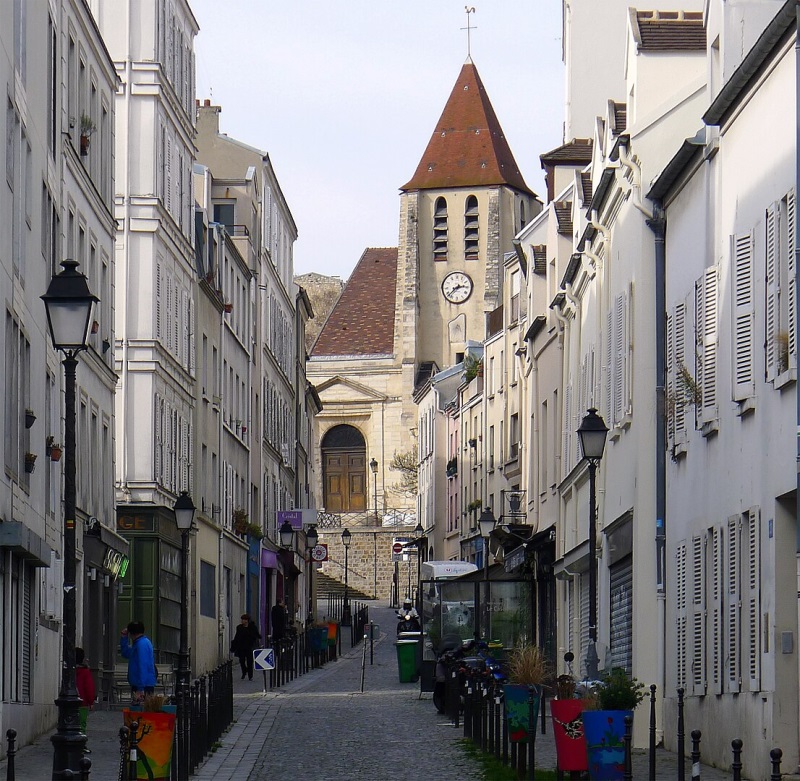
Saint-Blaise is deep in the east of Paris, past Père-Lachaise and off most visitors’ radar.
The old village street, rue Saint-Blaise, is lined with low houses, painted shutters, and a 13th-century church.
It feels like you’re in a small French town – until you step back into the surrounding blocks of modern housing. The contrast is stark.
You’ll find quiet courtyards, small parks, and unexpected views of the city skyline. It’s a patchwork of old and new that’s rarely mentioned in guidebooks.
